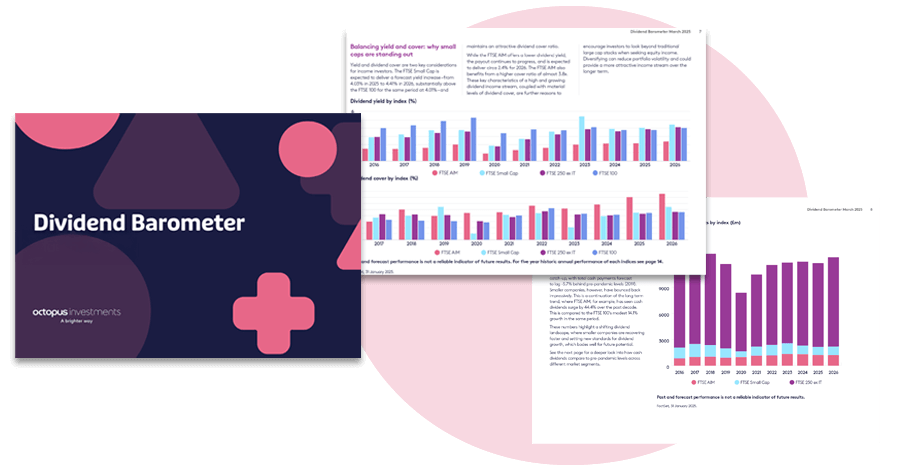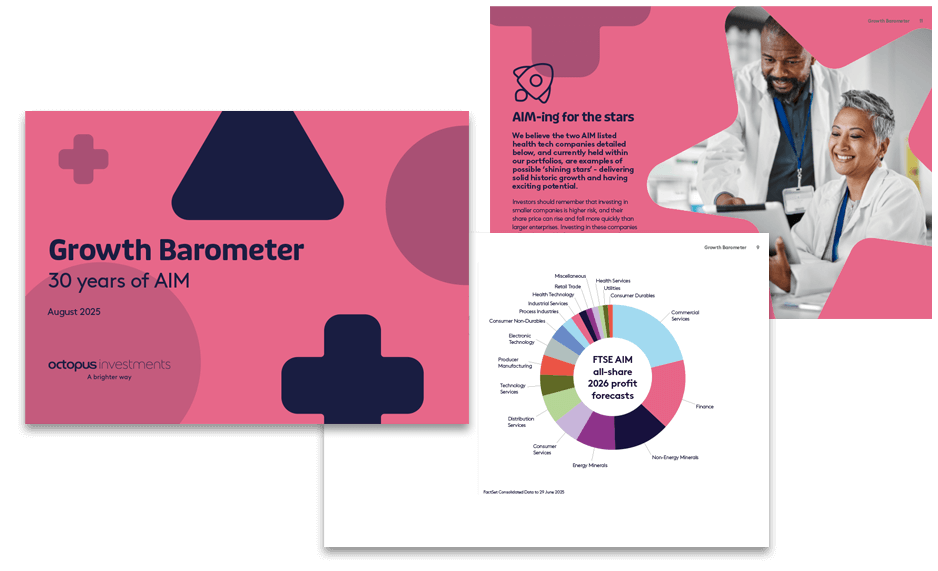
James Priday
CEO and founder of P1 Investment Management
Where should advice firms start if they want to become more efficient?
There is huge potential for technology to make advice firms paperless and much more efficient. The first thing they need to do is process-map their business, so they are clear on all the different stages of client onboarding, their advice process and annual review process. A lot of firms don’t actually have that mapped-out. It’s very ad hoc in many firms.
You need to be able to show: this is how we do things; this is how we on-board a client; this is how we write a certain type of business, this is how we do an annual review.
Once you’ve got that, you can start to ask, how can I make these processes more efficient? How can I get all of the onboarding documents completed upfront with electronic signatures? How can I gather fact-find data electronically? Then you want to look at how to integrate these individual processes with your back-office systems.
What difference can automation make?
You might have an administrator and all they do is send paperwork to clients and providers, getting signatures on agreements and gathering fact-find information, filling-in the bits the client’s missed etc. They’re scanning paper onto a system and re-keying the info into the back-office. That can be a full-time job, but in no way does it need to be. You could automate a lot of it and that person would have time to do other more valuable tasks for both the advisers and their clients.
Where do platforms fit into this?
When it comes to platforms in particular, advisers can be worried about their independence. A few years ago, the FCA put out guidance saying that if an adviser firm is using just one platform, they can’t see how that adviser firm can be independent.
But a platform is just a digital portal to access custody services, tax wrappers and trade securities. As long as you can access all the securities and wrappers you need, and it’s a solution that is relatively low-cost, efficient, and that integrates with your other systems, I don’t see why a firm can’t have one platform solution that is appropriate for a significant proportion of their client base. Maybe not all, but most. If you ask a platform provider for their target market information, you’ll find they all have broad appeal.
If you’re using multiple platforms, you have big inefficiencies and that means higher costs for clients. But really you could use one core solution most of the time. That way you can better control regulatory risks, start to add operational efficiencies, and have more time to serve your clients, potentially at a lower cost. That is better for everyone.
Do you think more advice firms will start to offer digital services?
I believe the FCA has said they’re going to do a review of whether ongoing adviser charging is appropriate without an annual review that includes a re-signing of client agreements. That will be a big worry for some firms that rely on clients paying them an ongoing fee year after year without signing new client agreement documentation.
That’s why I think firms must develop more of a digital business. They could then operate more of a subscription model whereby a client is paying for access to a suite of digital products and services the adviser has put together, and then the adviser can add extra fees when the client needs fully regulated advice. When clients then have a big planning moment, or there is a sudden life event, they can speak to their adviser directly to do some in-depth planning and reset things. And then return to more of a subscription model.
Once you start to create those efficiencies with more of a digital service model, it also opens up the types of service you can offer. For example, it might be someone who is 25, and wants to start saving. They want some help, but they don’t really need advice or proper planning. But if you’ve got a digital solution, you can tell them to go to your website and create an ISA account and start that process on their own, and maybe have a 15 – 30 minute call once a year. You will charge for this, clearly, but it’s also building a pipeline of full advice clients for the future.
You’ve then, for example, got older clients with more assets, but really they just need a plan to help them draw from their pension in an appropriate manner. They want somebody to guide them through pension complexities, and then any time they’re making a decision they want somebody to validate the decision they’re going to make. Again, that might be a different kind of service that could be offered.
I think that’s where advice firms need to go. They need to offer their services to a much wider range of the population by leveraging from a core set of technology and systems they’ve designed.
Could guidance services be part of the solution to closing the advice gap?
The difference between advice and guidance is whether you’ve gathered personal information from that individual and you are recommending a course of action based on that personal information, for example to invest in a specific product. That’s the regulator’s stance, but I think that needs to change.
The consumer needs to understand that when they’re paying for fully regulated advice, they are effectively buying some form of insurance and that’s why it can appear expensive. If the course of action advised isn’t right for them, and it’s proven to be unsuitable, they have the ability to claim against that firm, go to the Financial Ombudsman Service, or if the firm is no longer around make a claim to the Financial Services Compensation Scheme. That’s valuable, but rarely understood.
Guidance from a regulated adviser might look more like this. Someone asks me whether or not they should use £40,000 of inheritance to fill their ISA allowance across two tax years. On the call, I gather a bit of information and I learn they won’t need that cash until they are at least 55. So, I might recommend that they consider putting it into their existing pension instead. In an ideal world, I should be able to say that to someone without it being deemed as advice, even though I’m technically making a personal recommendation, requiring a suitability report. I could then charge a much lower fee for that type of service as I don’t have to do all of the things that need to be done when I am giving regulated advice.
I think there are a lot of consumers out there that would prefer to speak to an adviser when making decisions, but don’t because of the costs involved. If they knew they could speak to an adviser and get some personal guidance at a low cost, but decide if they’d like to pay more for regulated, documented, advice to give them that ‘insurance’ only if they want it. That puts the decision in the hands of the consumer. Do they want the protection that comes with regulated advice?
Introduction

Introduction
The advice gap looks set to grow substantially – with significant implications for the financial advice profession.
Chapter 1

Chapter 1 – Why the advice gap looks set to grow wider
Learn why the advice gap looks set to grow wider and why outdated perceptions of the profession are making recruitment more difficult.
Chapter 2

Chapter 2 – Raising awareness of financial advice as a career
This chapter outlines how we can attract the next generation of talent as well as the significant commercial benefits of doing so.
Chapter 3

Chapter 3 – Harnessing technology and new ways of working
Technology has huge potential to help close the advice gap, but where should you start, and what are the barriers that still need to be overcome.
Contributor profiles

Contributor profiles
Still want more? Here you can find extended conversations with some of the report’s contributors.
Related Insights

14 May 2020
Four ingredients to grow your business through professional connections
Hear from Strategic Partnerships Manager Charlotte Fairhurst on how to set yourself apart when establishing professional connections.
Want to find out more?
Contact us to find out more about our institutional offering.





